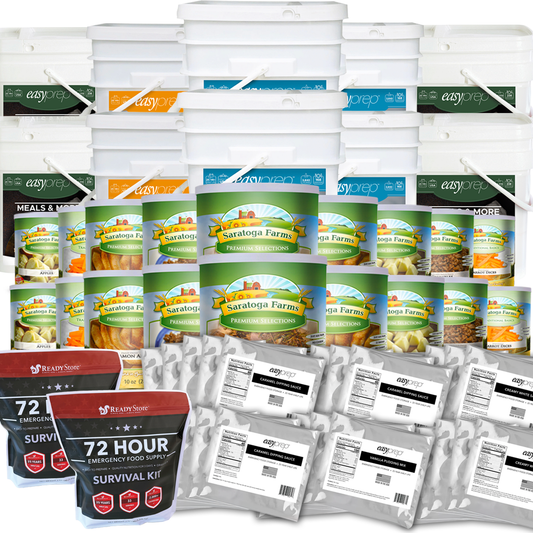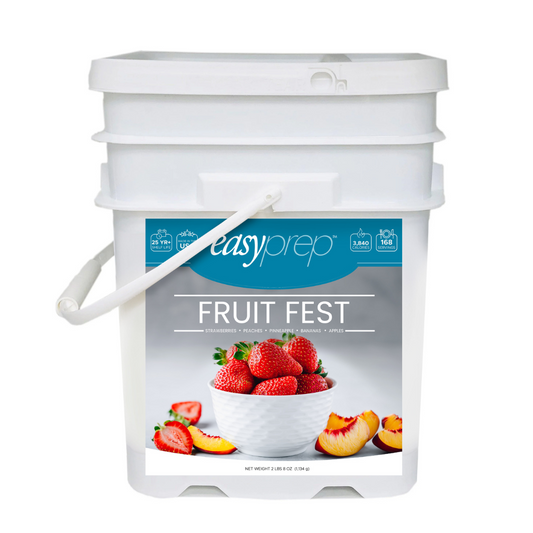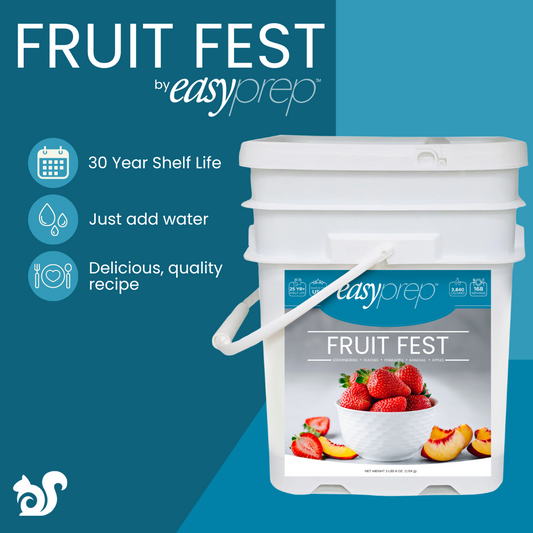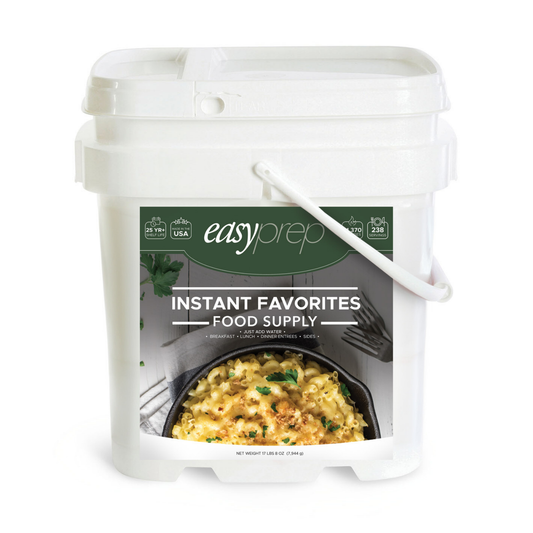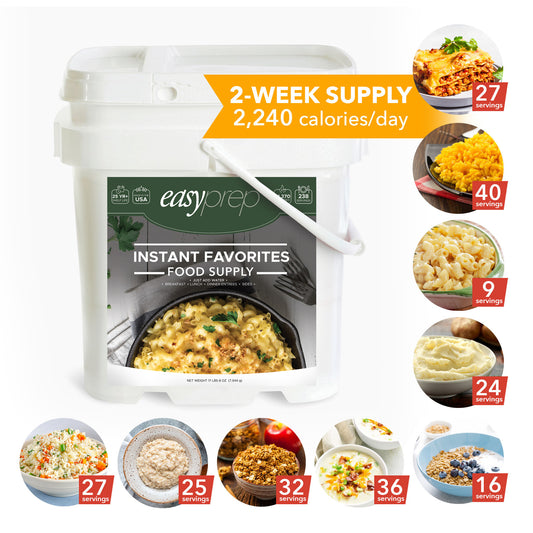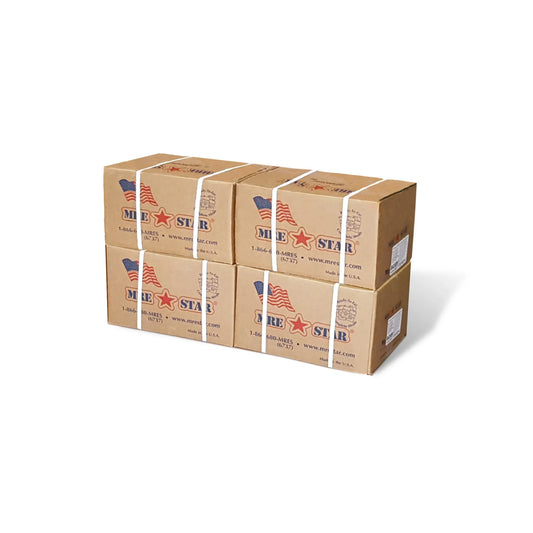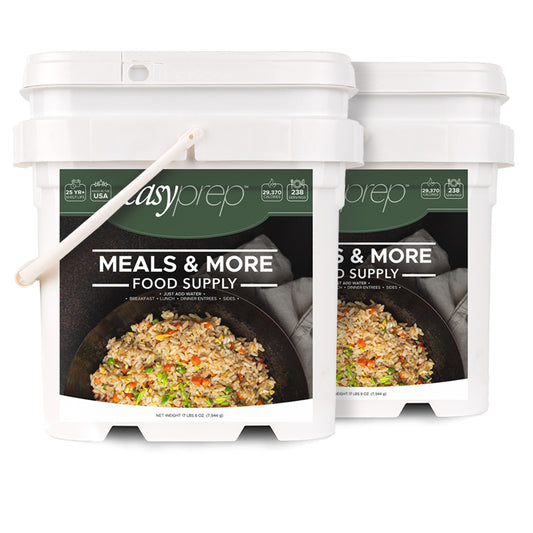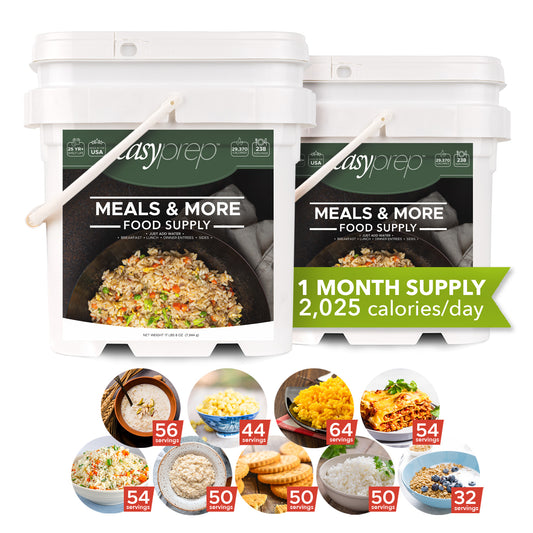What is a #10 can?
When you search for emergency food, you will find the majority of vendors sell their goods in a variety of container sizes like a pouch, bucket, and a #10 can. Here are a few frequently asked questions regarding the #10 can and we hope it will assist you with getting prepared.
WHAT IS A #10 CAN?
A #10 is a food-safe aluminum can. These cans are commonplace in food storage and are wonderful for long-term storage, pantry convenience, and easy access.
WHAT DOES #10 CAN MEAN?
When food cans were invented in the 1890s, there were no standards. Manufacturers produced cans to fit the products they sold. Within about ten years, however, food manufacturers realized that certain standard sizes were evolving and that there could be economic benefits to setting and following standards. The standard can sizes that evolved came to be known by numbers from one to 10. The term "#10" does not mean that the contents will weigh 10 pounds, the #10 refers to the type of can that is used. The actual weight and volume of the contents will vary depending on the product. On average, the #10 can will hold 109 oz. To help you visualize, your average soup can is #2 can. To get the same amount of food as one #10 can, you would have to have a total of 5.32 soup cans to have the same amount of volume as the #10 can.

HOW BIG IS A #10 CAN?
We always get asked this question about the size of a #10 can because people wonder about using it in their storage. Depending on how your house is set up, you might have the ability to store 7” tall cans in your cupboards, but many people will need a dedicated shelf in their basement or storage room that can fit the #10 can.
WHAT ARE THE BENEFITS OF USING #10 CANS?
#10 cans are perfect for emergency food storage. They are a lightweight easily portable container option for your freeze-dried and dehydrated food. Ready Store #10 cans come with a resealable plastic lid for continued use after opening. Buying #10 cans of freeze-dried food can also save you money! Buying Ready Store freeze-dried food with a 25-year shelf life means that food won't go to waste. Buying in bulk will also save you from extra trips to the grocery store.


